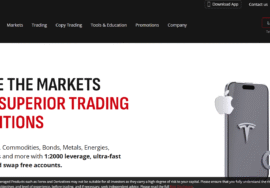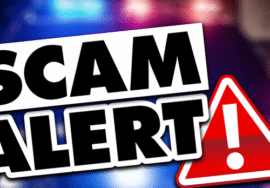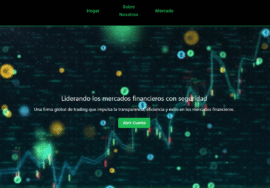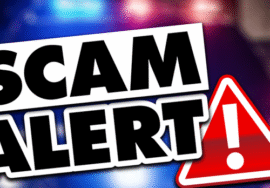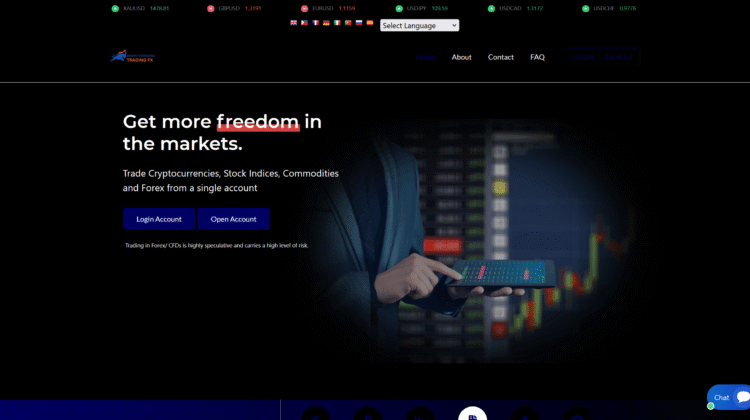
9 Explosive Warnings You Must Heed About BinaryStandardTradingFX.org (Binary Standard Trading FX)
9 Explosive Warnings You Must Heed About BinaryStandardTradingFX.org (Binary Standard Trading FX)
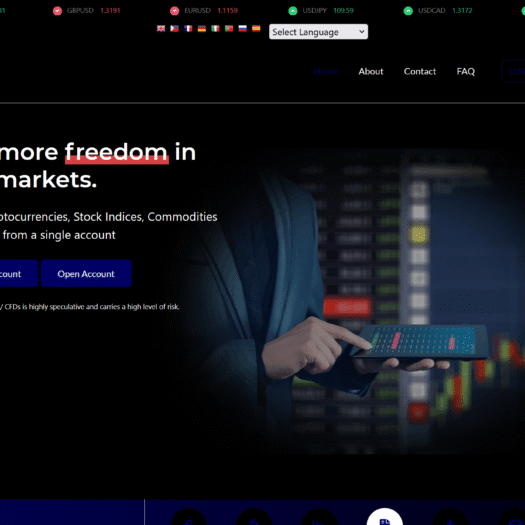
Slick websites and “AI-driven” dashboards are easy to fake; regulation, custody, and clean withdrawals are not. Binary Standard Trading FX markets multi-asset trading (forex, crypto, indices, commodities) with confident language about helping your money “grow” and “transparent returns.” But when you verify the essentials—authorisation, corporate traceability, independent oversight, and exits—the red flags stack up. Here’s a clear Element-1 style brief so you (and your clients) can assess the risk before any money moves.
1) Explosive Regulatory Red Flag: FCA Warning (23 Sep 2025)
The UK Financial Conduct Authority lists Binary Standard Trading FX on its Warning List as a firm not authorised to provide or promote financial services in the UK and that may be targeting UK consumers. That means no FSCS compensation, no Ombudsman recourse, and effectively no UK protections if funds disappear. This alone is a stop sign.
2) IOSCO I-SCAN Appearance: Global Watchdog Visibility
The brand and domain binarystandardtradingfx.org appear in IOSCO’s I-SCAN portal, which aggregates regulator alerts worldwide about unlicensed or suspect firms. When a name surfaces here, multiple authorities and market watchers can see—and act on—it. It’s a strong signal of heightened regulatory attention.
3) “Scam Confirmed” Label From Industry Trackers
Independent broker-intelligence site BrokersView flags Binary Standard Trading FX as “Scam Confirmed,” explicitly noting the FCA warning and lack of authorisation. While not a regulator, such trackers aggregate patterns that often precede investor losses—offshore/unknown licensing, copy-paste sites, and withdrawal complaints. Treat this as corroborating smoke around a very real firM
4) Clone-Template Pattern: Disposable Site Risk
BrokersView also documents a wave of unlicensed brokers using the same web template—near-identical layouts and funnels under different logos/domains—with Binary Standard Trading FX named among them. Clone networks make it trivial to rebrand and respawn after a warning or bad reviews—an infrastructure designed for interchangeability, not accountability.
5) No Verifiable License Details on the Site
Across its pages, the site promotes multi-asset trading, “experts,” and confident outcomes—but does not provide a regulator name + license number + legal entity that resolves in an official register. Authorised brokers can state those in one sentence, and you can verify them yourself. Marketing claims ≠ authorisation.
6) Risky Product Mix + Unregulated Status = Hazard
The site pitches CFDs/forex/crypto to retail customers—high-risk instruments that, when offered by unauthorised firms, routinely lead to blocked exits and fee ambushes (e.g., “tax clearance,” “liquidity,” “verification deposits”). The FCA’s unauthorised status means you will likely be on your own if a dispute arises.
7) Telltale Infrastructure: Stand-Alone Trading Portal
A separate trade subdomain (account login/registration) exists for funneling deposits and activity. This isn’t proof of wrongdoing on its own—but in context with the FCA warning and clone-template pattern, it fits the profile of turn-key broker shells spun up and taken down as needed.
8) Reputation Signals Are Thin—and Don’t Override a Warning
Public review volume is small (a handful of Trustpilot pages exist, some newly created), which offers little statistical confidence and should never outweigh a live regulator warning. Limited, mixed reviews are noise; a formal FCA alert is signal.
9) The Only Checklist That Matters (Use Before You Risk a Cent)
- Match the exact domain to a live entry in a regulator’s database (or Warning List). If it’s missing—or warned—stop.
- Identify the legal entity (company name + number + registered address) and verify it in government registries.
- Confirm a license number inside the regulator’s own site—screenshots don’t count.
- Demand custody clarity: which regulated institution holds client funds? Segregated accounts?
- Ask for independent audits you can verify with the auditor.
- Start tiny and test an immediate withdrawal—the exit is the truth.
- Avoid crypto-only rails used to bypass chargebacks and oversight.
- Archive everything (TXIDs, emails, chats, dashboard screenshots, terms).
- Watch for clones—if a replacement site pops up with the same template and promises, treat it as high risk.
Conclusion
The most important fact about BinaryStandardTradingFX.org isn’t its marketing—it’s its regulatory status. On September 23, 2025, the UK FCA publicly warned that the firm is not authorised and may be targeting UK consumers. In practical terms, that strips away the safety net retail investors expect: no Financial Ombudsman, no FSCS compensation, and no meaningful UK oversight if funds go missing. In legitimate finance, authorisation precedes advertising. When a firm sits on the Warning List, “due diligence” quickly becomes damage control.
Everything else reinforces that central risk. The brand appears in IOSCO’s I-SCAN alerts portal—a global clearinghouse for warnings from securities regulators—indicating the name is on watchdogs’ radar internationally. Independent monitors like BrokersView go further, classifying the operator as “Scam Confirmed” and placing it within a broader wave of clone-template broker sites. Clone patterns matter because they reveal operational intent: rotate domains and designs, preserve the deposit funnel, and discard reputational baggage when scrutiny arrives.
The site’s own content doesn’t cure the problem. It promotes multi-asset trading, expert management, and “transparent returns,” but provides no regulator + license + legal entity you can verify in an official register. An isolated trading portal (on a trade. subdomain) is common in quick-deploy broker shells and offers no assurance about custody, segregation of client funds, or independent auditing. A few scattered online reviews cannot outweigh a live regulator warning; small samples and mixed narratives are typical background noise in cases like this.
What should a prudent investor do? If you haven’t funded an account, don’t start. Real opportunity survives slow, skeptical buyers; unauthorised operations rely on speed and pressure. If you have already engaged, halt deposits immediately and collect evidence—onboarding emails, chats, screenshots of dashboards and terms, and full transaction records (including TXIDs if crypto was used). Attempt a small, documented withdrawal to establish behavior (don’t chase it with “clearance” payments). Notify your bank/payment provider to explore recalls or chargebacks, and report your case to your national regulator and cybercrime unit. Finally, be wary of “recovery” cold contacts promising instant refunds for upfront fees—that’s the second scam that often follows the first.
Bottom line: presentation is not protection. Until Binary Standard Trading FX can state a regulator and license number that resolve in an official database, disclose real custody, and process clean withdrawals, the disciplined move is the simplest: walk away.


